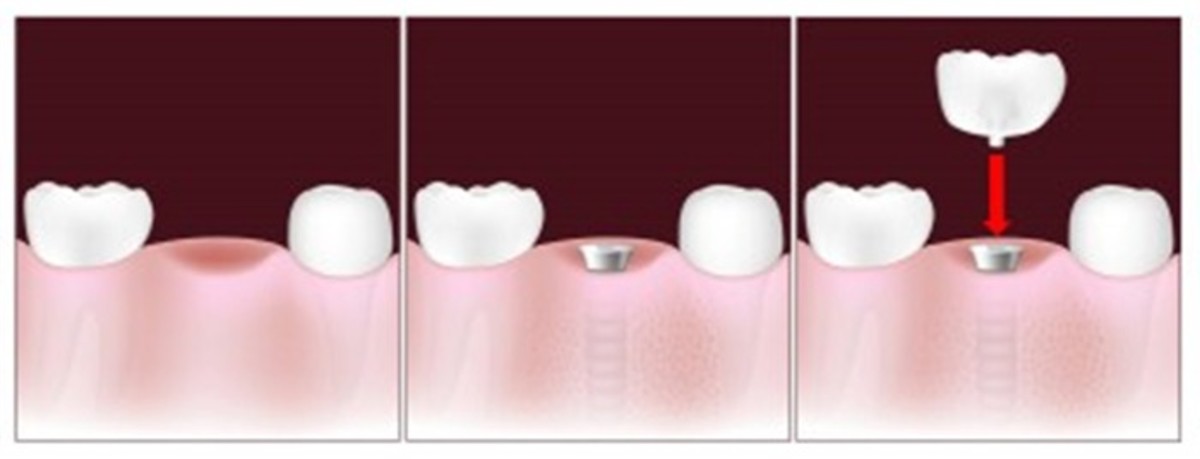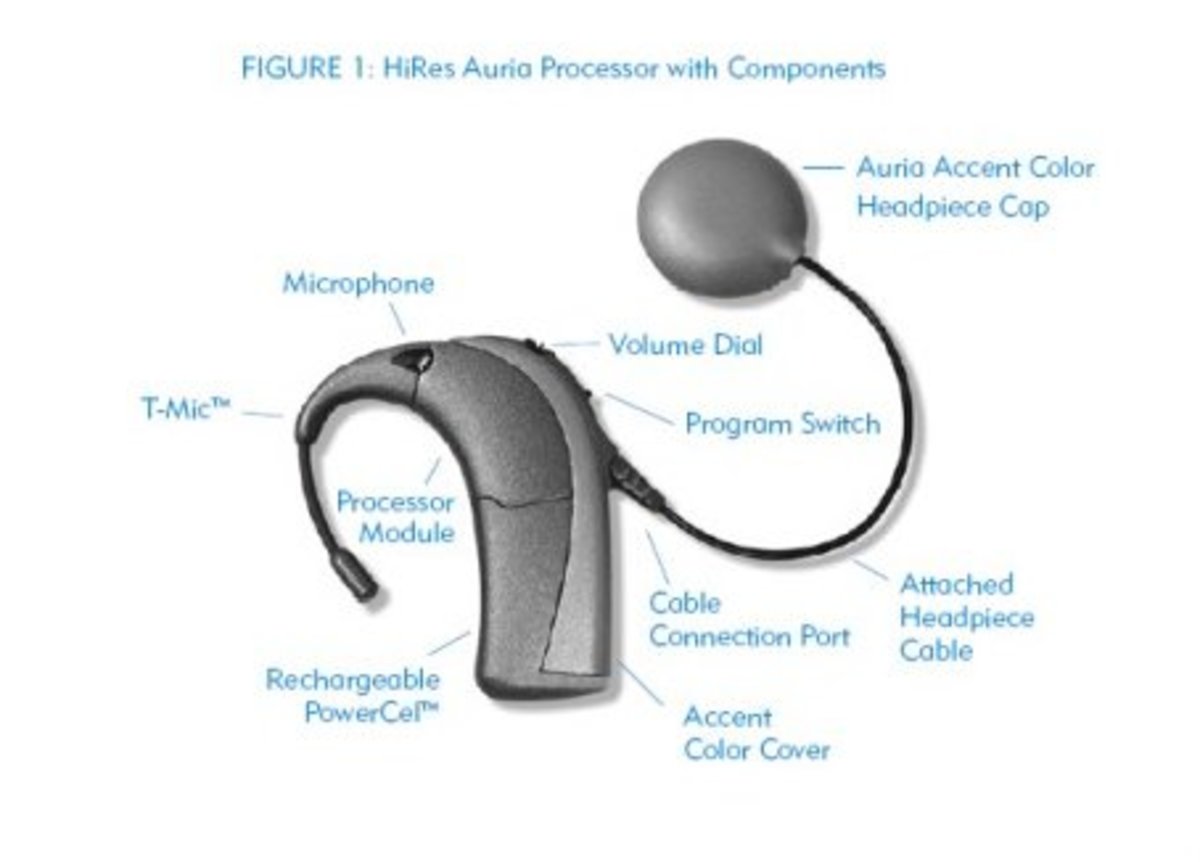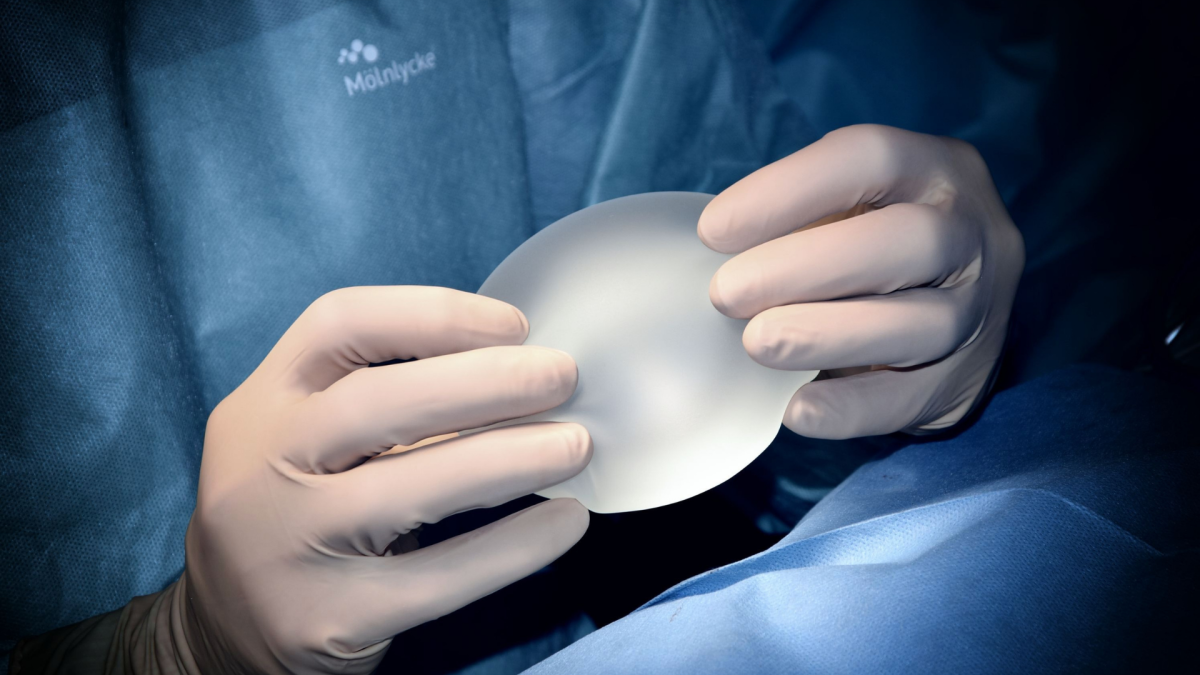Cochlear implants - bane or hope for deaf children?
First child recipient at this hospital
"Today I am so looking forward to one day being able to talk with him," said Mrs Norah Makofane after seeing her two-year-old son Monthati's reaction when he heard sounds for the first time. Monthati had a cochlear implant at the Chris Hani Baragwanath Hospital south of Johannesburg at the beginning of July and the device was switched on for the first time this week, so that for the first time in his life he heard sound.
Monthati, who was born deaf, got the implant as part of a project started at the hospital in 2006 which has seen seven adults receive these devices. Monthati is the first child to receive such a device here.
His type of deafness is termed pre-lingual, meaning that he has no concept of language as he has up to now literally never heard a word. As a result he will be in therapy for months or longer to help his brain decipher and understand the sounds he can now hear, sounds which are at the moment still somewhat terrifying to him. When the device was first switched on he immediately burst into tears and tried desperately to remove it.
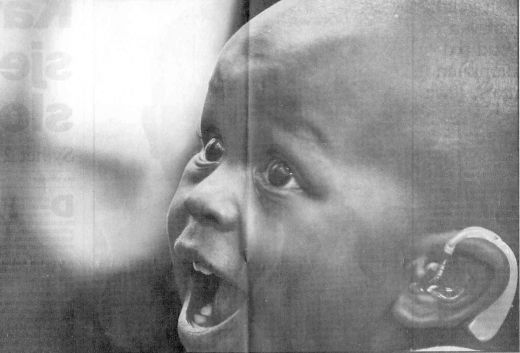
What is a cochlear implant?
There is a debate in medical and disability advocacy circles about the ethics and desirability of doing cochlear implants, especially in children.
A cochlear implant is different from a hearing aid as it does not amplify sounds but electrically stimulates any functioning auditory nerves within the cochlea, the inner chamber of the ear.
The first cochlear implant devices were devised and implanted in 1957 by French-Algerian surgeons André Djourno and Charles Eyriès.
Further advances were made over the years by a number of different researchers who tried to perfect such devices until in 1972 the first commercially available device was marketed. A cochlear implant device for adults was approved by the United States Food and Drug Administration (FDA) in 1984, with the age limit falling steadily in the years that followed. More than 100000 people have received such implants since then.
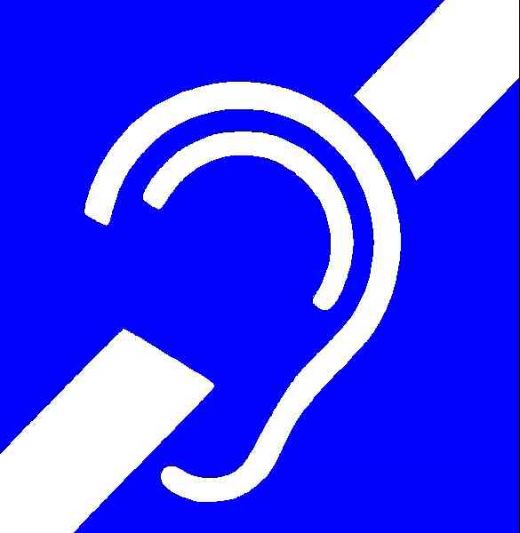
- Why your child is deaf and how to manage?
We see deaf children cann't speak or communicate also like able people.Such children fail to develop speech because they haven't heard speech ever.These children are often called as deaf-mute or deaf and... - The Gift of Sound
The gift of Sound Indeed, sound is a precious gift.... specially for someone who had profound deafness due to illness or accident and for those who are born deaf. We tend to often take things like these... - Tinnitus Cure
If you ask your doctor if there is a tinnitus cure, do not be surprised if he answered, No. It is not because the ringing in your ears is grave or something, but it is for the reason that it is just a symptom... - Hearing - How Do We Hear?
The organs of hearing or audition are your ears. These, along with the cochlear nerves and brain, allow us to hear. Sound waves enter the outer ear, which consists of the ear flap, made of cartilage and... - Cochlear Implant & Cell Phones
The issues of cochlear implants and phones are predominant. People with cochlear implants are enjoying the luxuries they never really had before - conversing on the phones. This article discusses the cochlear implant and cell phone solutions/compatib
Models of deafness
The ethical debate around cochlear implants revolves around the model of deafness accepted. In the so-called "Medical model" deafness is an undesirable condition which needs to be rectified by the most effective means possible.
In the social model deafness, or any disability, is seen as a form of social oppression, where the disability is caused by the disabling environment, an environment which is geared towards the so-called "able" person and disadvantages a so-called "disabled" person who is only disabled because of the dis-empowering environment. in which he or she has to function. If the environment were re-designed to be more enabling the individual would be less or not at all disabled.
The third model of deafness is the cultural model which see deaf people as a minority group like any other, with all the cultural issues that arise from being in a minority in a culture that is strongly geared to compliance with majority values. In this view sign language is a cultural value much like any other minority language and not just an adaptation to the majority hearing culture.
These three models lead to quite different approaches to deafness, the medical model wanting to correct it, the social model wanting to integrate deaf people as fully as possible into the hearing culture and the cultural model wanting to preserve the cultural values associated with deafness. On the matter of education, for example, the social model proponents want to integrate deaf children into the mainstream schools of any community, whereas the cultural model proponents would want to preserve the specialised schools for deaf children in which the deaf culture can be strengthened and propagated.
In the case of Monthati, his parents, who are both hearing people, are keen for him to start Grade 1 in a normal school, and that is the goal of the therapy he will soon be undertaking.
The road ahead for Monthati
Apart from the ethical debate around the use of such devices for children, another obstacle to the more general use of these implants is the huge cost involved. The device itself costs more than R200000 (about US$25000), which, with all the additional costs will rise to about R300000 (about US$37000).
Meanwhile little Monthati has a long road ahead of him to get to understand and make sense of all the sounds he is suddenly hearing for the first time



